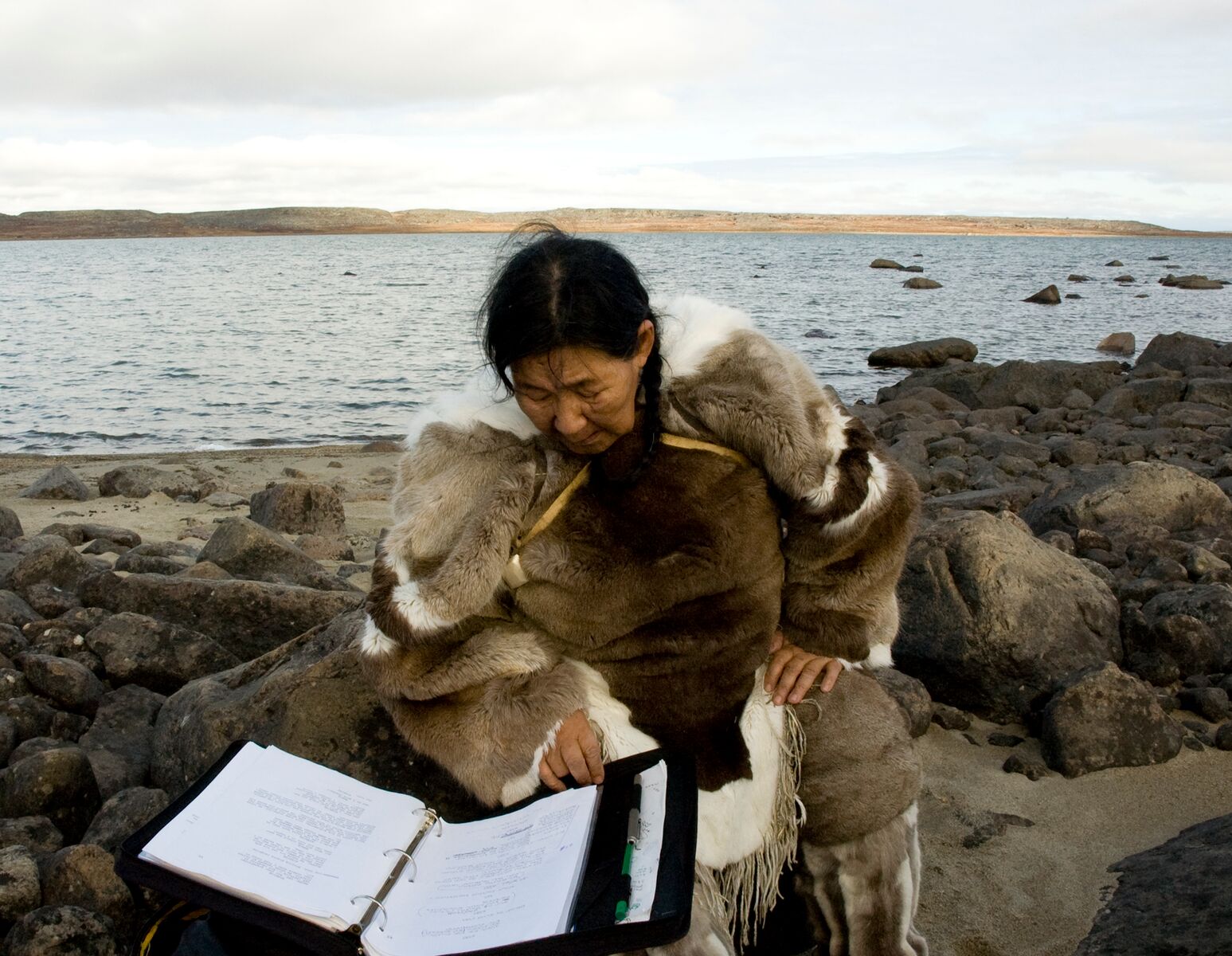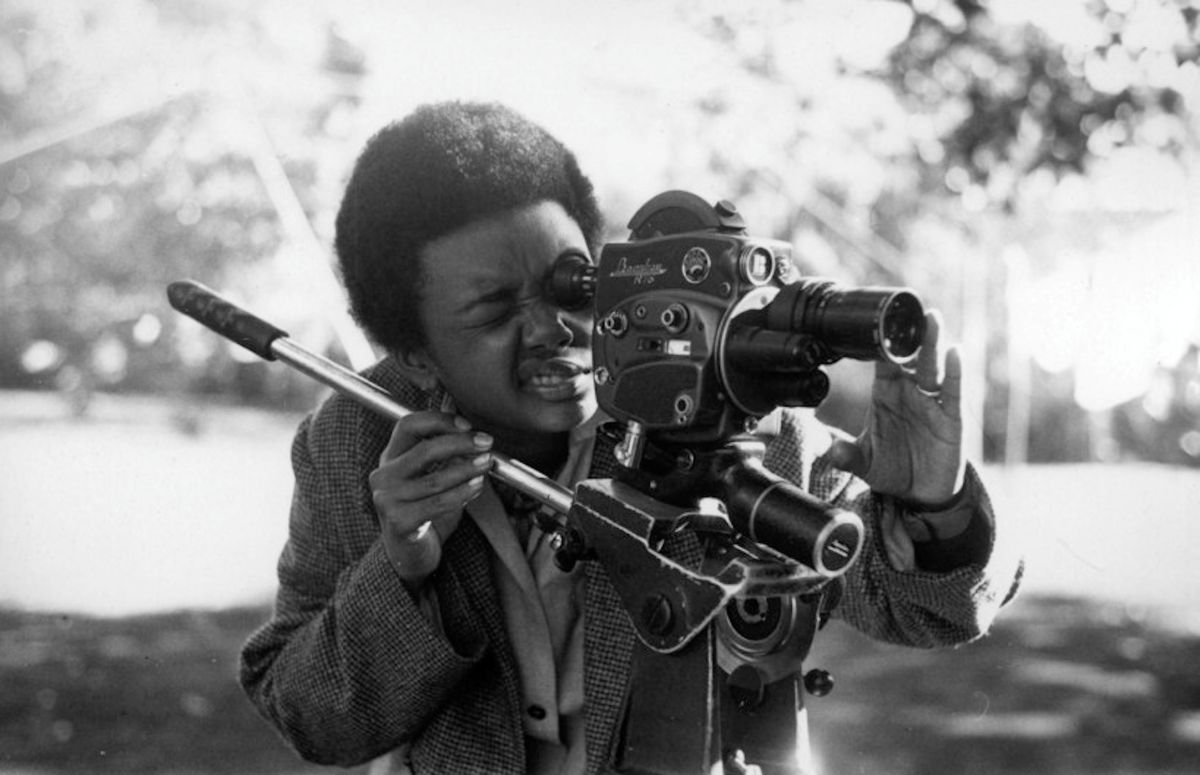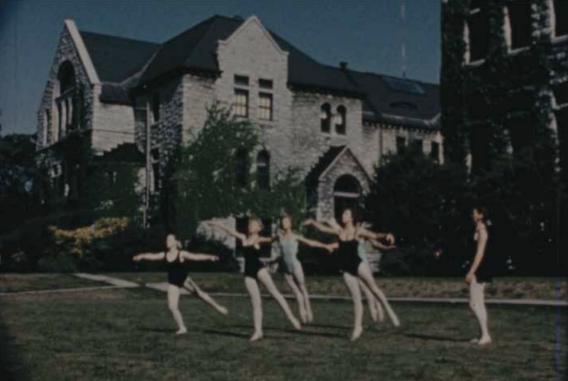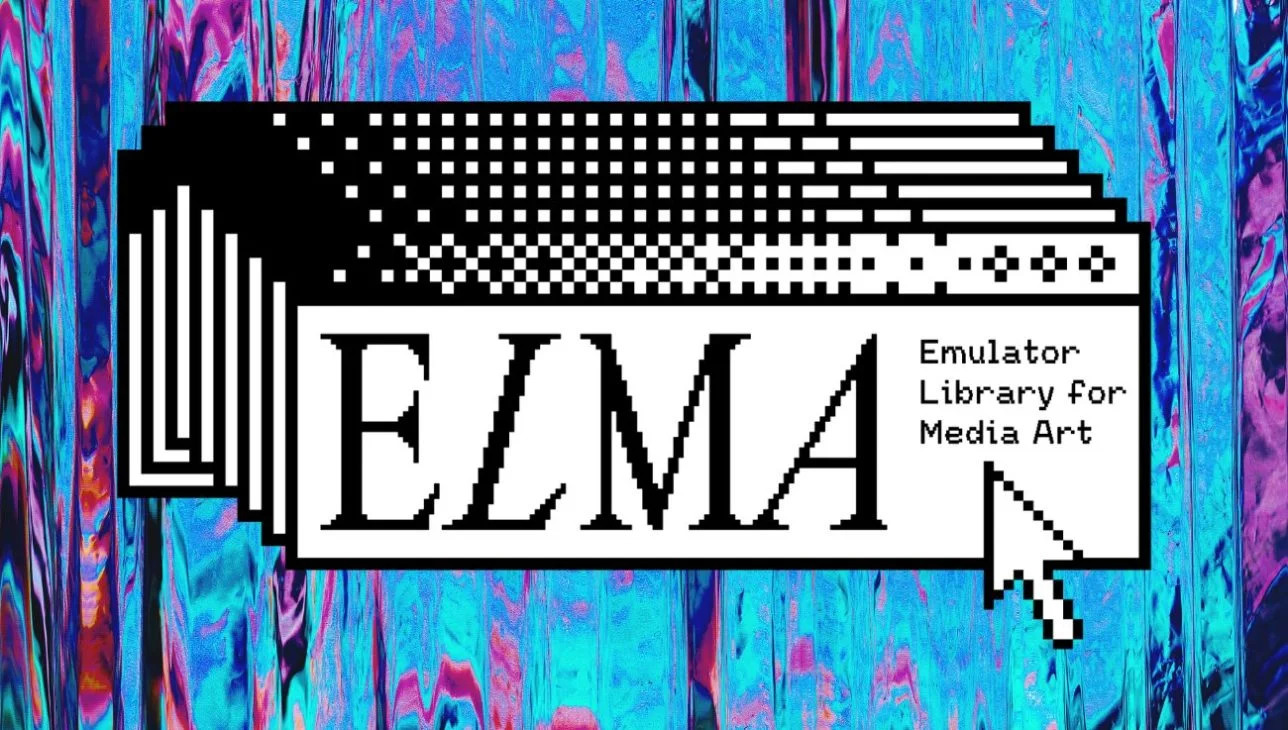
Featured Project:
Futures of Digital Media Art HistoriesThe Future of Digital Media Histories (FDHM) is propelled by an urgent and daunting cultural heritage crisis: the rapid loss of digital art and media from the past 40 years to changing technology. This loss has a devastating effect on our capacity to know and experience our heritage. Across Canada, the first decades of digital art and media production saw a flourishing of projects by artists and activists from diverse communities: Indigenous, racialized, feminist, queer, diasporic.
See moreVulnerable Media Lab
The Vulnerable Media Lab (VML) is a state-of-the-art historic media transfer, remediation, and restoration research lab located in the Isabel Bader Centre for the Arts at Queen’s University in Kingston, Ontario. The Lab is involved in a variety of projects such as the Sara Gómez Project, the Kingston Film Heritage Project, the Arnait Digitization Project, the Digital Born Artworks Restoration Project (with artist Cheryl L’Hirondelle), amongst other client-focused projects with a focus on the digitization and restoration of various forms of media.
The work in the Vulnerable Media Lab is grounded in the understanding that audio-visual cultural heritage has been unequally cared for and that the cultural practices of women and Indigenous peoples are in particular need of a dedicated archival focus and framework.
A key objective of the project is to work with “born digital media” alongside a variety of “obsolete” and “marginal” media, all of which share their own kinds of material vulnerabilities. The researchers aim to develop methods and processes to ensure this media art history is preserved and made available according to culturally specific and ethically driven forms of access, thus engaging in new conversations about cultural heritage.

Featured project:
Arnait Inuit Women’s Video: Artists in Residence →Arnait Video Productions is the world’s leading women-centered Inuit filmmaking collective.
See moreLatest Projects
View all projects →

